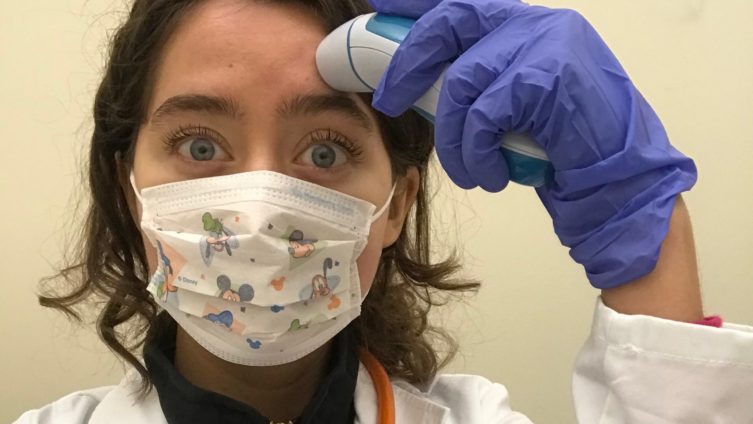
By Nurse Sharon
So your child got the flu shot this year, washed their hands incessantly, and you made sure all germy surfaces and objects are cleaned regularly. But, one morning you hear your kiddo say the infamous words: “I don’t feel good.” What now? There are a few things you should know when managing flu symptoms. Let me break it down for you!
- Stay hydrated!!! Seems simple enough, right? Unfortunately, your child may not be particularly interested in drinking water when they have the flu and feel pretty yucky. It’s very important to encourage fluids regardless of how they feel. Just make sure to watch how much sugar is in those juice boxes and sports drinks. The American Heart Association recommends children to consume no more than 25 grams of sugar per day. Breaking news: one eight-ounce glass of apple juice has 25 grams of sugar. Yikes!
- DO NOT give your child medication that contains aspirin. Period. A few examples of these medications include Alka-Seltzer, Anacin, Bayer, BC Powder, Doan’s, Ecotrin, Excedrin, Goody’s, Kaopectate, Pamprin, Pepto-Bismol, St. Joseph’s, and Vanquish.
- DO give your child children’s acetaminophen OR ibuprofen. Examples of these medications include Motrin, Advil, and Tylenol. Be safe and make sure to carefully read all labels and closely follow administration and dosing directions. DO NOT combine the two medications without direction from your provider. These medications may help lower your child’s fever and relieve their unpleasant symptoms, but consult your provider when in doubt!
- Talk with your provider before giving your kiddo cough medicine. Children’s Healthcare of Atlanta recommends you hold off on the cold medicine because the Food and Drug Administration advises that “cough/cold medicines are not effective for treating coughs in children less than six years of age.” Also, some cold medicines have acetaminophen already in them so DO NOT combine cold medication and acetaminophen. Too much acetaminophen can be fatal. As always, consult your provider or pharmacist.
For more information, refer to the documents below:
- Flu Medication Safety
- Treating Flu Symptoms
- The Flu: When to See a Doctor
- AHA: Limit children’s sugar consumption to 6 teaspoons per day
* This teaching sheet contains general information only and should not be used as a substitute for the medical care and advice of your pediatrician.









